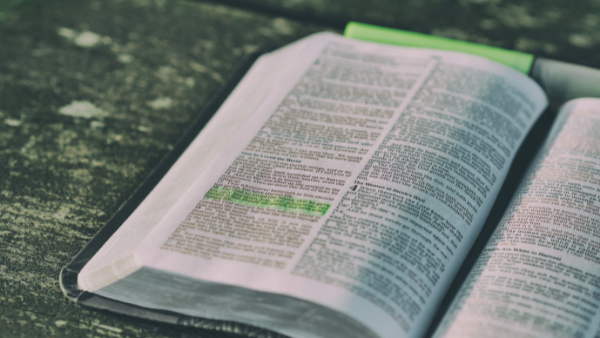By James R. Strange, Ph.D.
Professor of biblical and religious studies, Samford University
Jesus Met My Greatest Need
John 4:7–18, 25–26
This week we begin a series focused on encountering Jesus.
Today we read the story of Jesus’ conversation at Jacob’s well in Samaria near Sychar (Shechem) and Mount Gerizim.
In 722 B.C., the Assyrians destroyed the cities of Israel and deported nearly the entire population. A remnant intermarried with non-Israelites (2 Kings 17).
Their descendants built a temple to Yahweh on Mount Gerizim in the fifth century B.C. Probably remembering Samaritan objections to the earlier rebuilding of the Jerusalem temple (Ezra 4:6–24), the Judean ruler John Hyrcanus destroyed the Samaritan temple in 110 BC. Verses 9 and 20–22 refer to Jewish and Samaritan prejudices.
Jesus revealed a greater thirst in me. (7–14)
It was not unusual for Jews to travel through Samaria. What stands out is Jesus waiting at a well when a woman comes to draw water (vv. 6–7, 27).
For John’s readers, this noonday meeting contrasts with Nicodemus’ nighttime conversation (3:2). As He did then, Jesus uses probing questions to elicit responses that draw closer and closer to the woman’s problem. She needs to know who Jesus is and to receive what He offers.
The needs are universal. Perhaps that is why we are not told her name — an anonymous Samaritan represents all humanity.
“Living water” refers to water from a spring, stream, lake or rain runoff — God’s provision. Jewish people, and perhaps Samaritans, would have associated it with ritual purity (2:6; Num. 19:17). Jesus, however, uses it to refer to the eternal life God offers to all who respond to Him with faith (3:15–16).
Thirst returns and must be slaked with water from without, but Jesus’s living water becomes a spring gushing up from within the one who accepts it.
Jesus is talking about rebirth from above, which indeed the woman experiences.
Jesus revealed my sin. (15–18)
The motif of anti-courtship at the well continues. The emphasis is not on the woman’s husbands or her current relationship.
Like physical water, these men symbolize impermanent, ineffectual attempts to fill the need for God. Jesus wants the woman to be transformed to live now as she will one day in the place that Jesus has prepared for her (14:3). Jesus, the Life and Light of the world (1:4), gives that rebirth to all people of faith.
Jesus revealed that He is the Messiah, the one to trust. (25–26)
It might be ironic that in verse 11 the woman calls Jesus “Lord” (“Sir” in most translations). This is half of Thomas’ confession after the resurrection (20:28). Like Thomas, the woman progresses in knowledge and faith, first recognizing Jesus is a Jew and then that He is a prophet.
Jesus reveals He is the Messiah whom she expects, but in verse 29 she is still unsure. Even with partial faith, she becomes an evangelist and people believe, first through her testimony and then because they encounter Jesus (vv. 39–42).
Is it not the same with us? Through faith great and small, we proclaim Jesus as Messiah.
By God’s grace, those who hear have the opportunity to meet Jesus, and in that encounter they learn He is truly the Savior of the world.



Share with others: